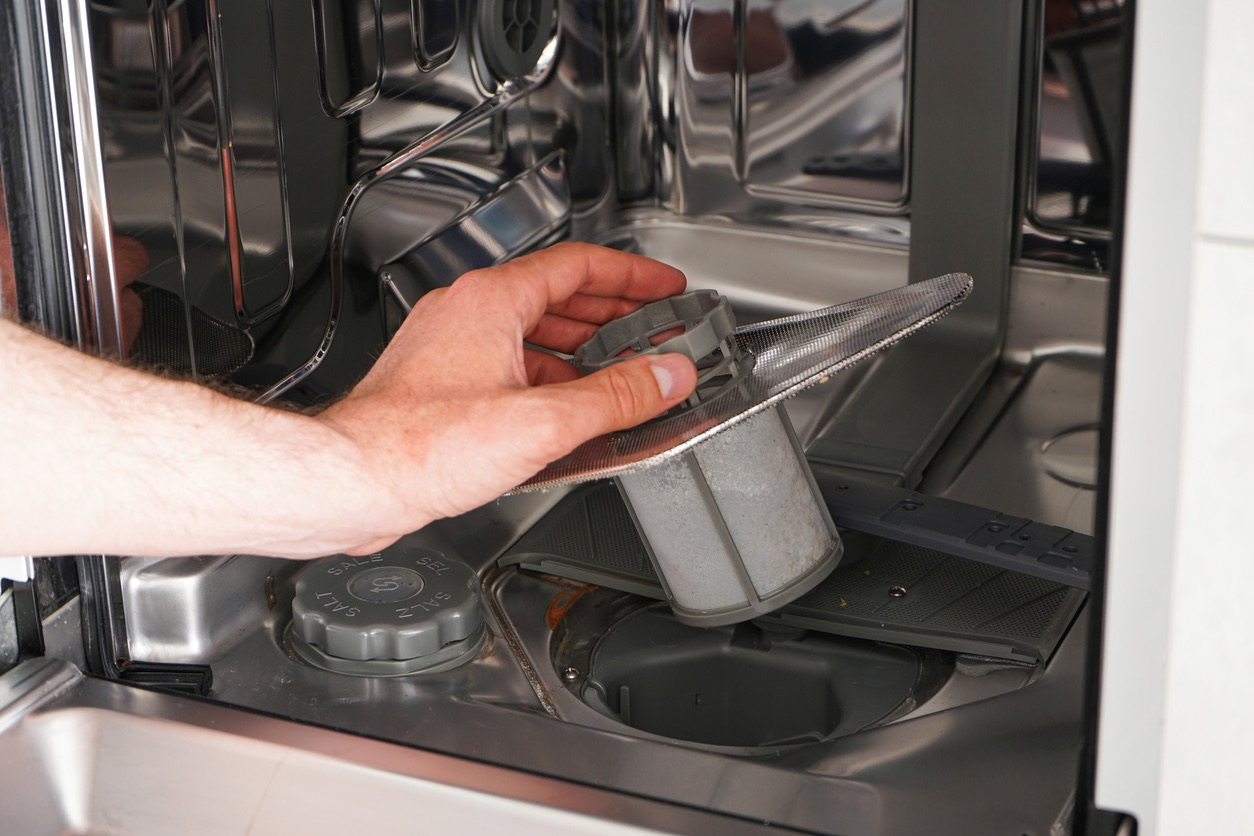

Articles
Why Dishwasher Wont Drain
Modified: January 18, 2024
"Find out why your dishwasher won't drain with our informative articles. Explore troubleshooting tips and solutions to get your dishwasher working again."
(Many of the links in this article redirect to a specific reviewed product. Your purchase of these products through affiliate links helps to generate commission for Storables.com, at no extra cost. Learn more)
Introduction
Having a dishwasher at home is a convenient and time-saving way to keep your dishes clean. However, encountering drainage issues can quickly turn this modern convenience into a frustrating problem. A dishwasher that won’t drain properly can leave you with a sink full of dirty water and prevent your dishes from getting thoroughly cleaned.
In this article, we will explore the common causes of dishwasher drainage issues and provide practical solutions to help you troubleshoot and resolve the problem. Understanding these potential issues will enable you to take the necessary steps to ensure your dishwasher functions optimally.
Before diving into the specific causes, it’s important to note that dishwashers are complex appliances with multiple components that work together for efficient performance. Any disruption in these components can lead to drainage issues. It’s also worth mentioning that while some problems can be fixed easily, others may require professional assistance.
Now, let’s explore the common causes of dishwasher drainage issues and how to address them.
Key Takeaways:
- Regular maintenance, such as cleaning filters and checking for blockages, can prevent common dishwasher drainage issues. Simple troubleshooting steps can often resolve the problem, but professional assistance may be needed for complex issues.
- Improper installation, worn-out parts, and issues with the air gap device can contribute to dishwasher drainage problems. Understanding these factors and seeking professional help when needed can ensure optimal dishwasher performance.
Read more: Why Wont My Dishwasher Turn On
Common Causes of Dishwasher Drainage Issues
When your dishwasher fails to drain properly, several factors may be contributing to the problem. By understanding these common causes, you can identify and address the issue more effectively.
- Clogged Drain Hose: One of the most frequent causes of dishwasher drainage issues is a clogged drain hose. Over time, food particles, debris, and even soap scum can accumulate inside the hose, obstructing proper water flow. To fix this, you can try removing the hose and cleaning it thoroughly. Alternatively, a plumber’s snake or a high-pressure hose attachment can also be used to dislodge the blockage.
- Blocked Drain Pump: The drain pump is responsible for expelling water from the dishwasher. If it becomes blocked or faulty, it can hinder the draining process. Inspect the drain pump for any obstructions such as food debris or broken parts. If you find any, clean or replace the pump accordingly.
- Faulty Drain Valve: The drain valve controls the flow of water out of the dishwasher. If it is damaged or malfunctioning, it can impede proper drainage. Inspect the drain valve for any signs of wear or damage and replace it if necessary.
- Malfunctioning Drain Solenoid: The drain solenoid is responsible for opening and closing the drain valve. If it fails to function properly, it can disrupt the drainage process. Test the drain solenoid for continuity using a multimeter and replace it if it is not functioning as it should.
- Issues with the Garbage Disposal: Dishwashers are often connected to the garbage disposal unit, and any problems with the disposal can affect proper drainage. Make sure the disposal is not clogged or blocked. If needed, cleaning the disposal or seeking professional help can resolve the issue.
These are just a few common causes of dishwasher drainage issues. Other possible culprits include improper installation, problems with the air gap device, and worn-out or damaged dishwasher parts. Understanding these causes will help you diagnose and resolve the issue efficiently.
Clogged Drain Hose
A clogged drain hose is one of the most common causes of dishwasher drainage issues. Over time, food particles, debris, and even soap scum can accumulate inside the drain hose, inhibiting the proper flow of water. When the drain hose is clogged, it prevents the dishwasher from effectively emptying out the water, leaving you with standing water at the bottom of the machine.
To address a clogged drain hose, follow these steps:
- Turn off the dishwasher and unplug it from the power source for safety.
- Locate the drain hose, which is usually located at the back of the dishwasher, near the bottom. It is typically connected to a drain pump or a garbage disposal unit.
- Disconnect the drain hose from the dishwasher and the drain pump. Depending on your dishwasher model, you may need to use pliers or a screwdriver to loosen the hose clamps.
- Inspect the drain hose visually and feel for any blockages or clogs. If you can see or feel the obstruction, try to remove it gently. You can use a long brush, a wire hanger, or even a vacuum cleaner to clear out the debris. Avoid using sharp objects that may damage the hose.
- If the blockage persists, you can try flushing water through the hose to dislodge the clog. Connect the hose to a tap or a faucet and let water flow through it forcefully. This can help break up the blockage and push it out.
- After cleaning the drain hose, reattach it securely to the dishwasher and the drain pump. Make sure the hose clamps are tightened properly to prevent any leaks.
- Turn on the dishwasher and run a test cycle to see if the drainage issue has been resolved. Check for any leaks or unusual sounds during the cycle.
If you have followed these steps and the dishwasher still won’t drain properly, there may be other underlying causes that require further investigation or professional assistance. A clogged drain hose is just one potential factor, and it’s essential to explore all possibilities to address the issue comprehensively.
Blocked Drain Pump
The drain pump in your dishwasher is responsible for expelling water out of the machine. If the drain pump becomes blocked or faulty, it can hinder proper drainage, leading to standing water at the bottom of the dishwasher. Addressing a blocked drain pump is crucial for resolving drainage issues effectively.
Follow these steps to tackle a blocked drain pump:
- Turn off the dishwasher and unplug it from the power source before attempting any repairs.
- Locate the drain pump, which is usually located at the bottom of the dishwasher. It may be necessary to remove the bottom rack and any access panels to access the pump.
- Inspect the drain pump visually to check for any visible blockages or debris. Use a flashlight to get a clear view. Common culprits include food particles, broken glass, or other objects that may have found their way into the pump.
- If you can see any obstructions, carefully remove them using a pair of tweezers or small pliers. Take your time to avoid damaging the pump or causing injuries to yourself.
- If the blockage is deeper within the pump and not easily accessible, you may need to disassemble the pump to clean it thoroughly. Refer to the dishwasher’s manual or seek online resources specific to your dishwasher model for guidance on disassembling and cleaning the drain pump.
- Once you have removed the blockage or cleaned the pump, reassemble it carefully, ensuring all connections are secure.
- Plug in the dishwasher and run a test cycle to check if the drainage problem has been resolved. Keep an eye out for any leaks or abnormal sounds during the cycle.
If you have followed these steps and the dishwasher still doesn’t drain properly, there may be other underlying issues with the drain pump that require professional attention. It’s important to understand your limitations and seek assistance from a qualified technician if needed.
Faulty Drain Valve
The drain valve in your dishwasher controls the flow of water out of the machine during the drainage cycle. If the drain valve is damaged or malfunctioning, it can hinder the proper drainage of water, leading to a buildup of water at the bottom of the dishwasher.
Here are steps to address a faulty drain valve:
- Turn off the dishwasher and unplug it from the power source.
- Locate the drain valve, which is typically located at the back of the dishwasher, near the drain hose or the drain pump.
- Inspect the drain valve for any signs of wear, damage, or blockages. Sometimes, debris or food particles can get stuck in the valve, preventing it from opening or closing properly.
- If the valve is blocked, clean it using a soft brush or cloth. Be gentle to avoid causing any further damage. If there is significant damage or if the valve is beyond repair, it may need to be replaced.
- To replace the drain valve, consult the dishwasher’s manual or manufacturer’s website for specific instructions. In some cases, it may be necessary to remove other components or panels to access the valve.
- Once you have replaced the faulty drain valve, ensure all connections are secure and reassemble any components that were removed.
- Plug in the dishwasher and run a test cycle to check if the drainage issue has been resolved. Pay close attention to any leaks or unusual sounds during the cycle.
If the above steps do not address the drainage problem, there might be other issues at play. Consider seeking professional assistance from an appliance repair technician who can diagnose and fix more complex problems with the drain valve.
Read more: Why Wont My GE Washer Drain
Malfunctioning Drain Solenoid
The drain solenoid in your dishwasher is responsible for opening and closing the drain valve to allow water to flow out during the drainage cycle. If the drain solenoid is faulty or malfunctioning, it can disrupt the draining process, resulting in water pooling at the bottom of the dishwasher.
Here’s how you can address a malfunctioning drain solenoid:
- Turn off the dishwasher and unplug it from the power source for safety.
- Locate the drain solenoid, which is typically located near the drain valve or the control panel of the dishwasher.
- Access the drain solenoid by removing any necessary panels or components. Consult the dishwasher’s manual or manufacturer’s website for specific instructions.
- Using a multimeter set to measure continuity, test the drain solenoid for proper operation. Place the multimeter probes on the terminals of the solenoid and check for a reading within the specified range. If there is no continuity, it indicates a faulty solenoid.
- If the drain solenoid is faulty, it will need to be replaced. Consult your dishwasher’s manual or seek guidance from the manufacturer on the exact replacement part needed.
- Install the new drain solenoid, ensuring it is securely connected and properly aligned.
- Reassemble any panels or components that were removed to access the drain solenoid.
- Plug in the dishwasher and run a test cycle to check if the drainage problem has been resolved. Monitor for any leaks or unusual sounds during the cycle.
If replacing the drain solenoid does not solve the issue, there may be other underlying causes contributing to the drainage problem. In such cases, it is advisable to seek professional assistance from an experienced appliance repair technician for further diagnosis and repair.
Check the dishwasher filter and drain hose for clogs. Remove any debris and run a cleaning cycle with vinegar to help clear the drain. If the issue persists, consider calling a professional for further inspection.
Issues with the Garbage Disposal
One of the common causes of dishwasher drainage issues is problems with the garbage disposal unit. Dishwashers are often connected to the garbage disposal, and any issues with it can impact the drainage process, leading to standing water in the dishwasher.
Here are steps to address issues with the garbage disposal:
- Turn off the dishwasher and unplug it from the power source.
- Inspect the garbage disposal unit for any signs of blockages or buildup. Common culprits include food waste, grease, or debris that can clog the disposal.
- If there is a blockage, use a plunger or a plumbing snake to dislodge it. Follow the manufacturer’s instructions for your specific garbage disposal unit.
- Run water down the garbage disposal to help flush out any remaining debris or particles.
- Once you have cleared the blockage, reconnect the dishwasher drain hose to the garbage disposal unit. Ensure the connection is secure.
- Plug in the dishwasher and run a test cycle to see if the drainage problem has been resolved. Pay attention to any leaks or abnormal sounds during the cycle.
If the above steps do not resolve the drainage issue, there might be other underlying causes at play. It is recommended to seek professional assistance from a plumber or appliance repair technician who specializes in dishwasher and garbage disposal repairs.
Remember, proper maintenance of the garbage disposal, such as regular cleaning and avoiding putting large food scraps or oil down the drain, can help prevent future drainage issues in your dishwasher.
Improper Installation of the Dishwasher
One significant cause of dishwasher drainage issues is improper installation. If your dishwasher has not been installed correctly, it can lead to improper draining and water pooling at the bottom of the machine. Understanding the potential installation errors can help you identify and rectify the problem.
Here are some potential issues with improper dishwasher installation:
- Incorrect positioning of the drain hose: The drain hose should be properly connected to the drain line, garbage disposal, or air gap to ensure proper drainage. If the hose is not connected securely or is positioned incorrectly, it can impede water flow and cause drainage problems. Check the hose connections and ensure they are properly aligned and tightened.
- Improperly leveled dishwasher: If your dishwasher is not leveled correctly, water may not drain properly. The dishwasher should be level from side to side and slightly tilted toward the back to facilitate drainage. Use a level to check the machine’s position and adjust the legs accordingly to achieve proper leveling.
- Inadequate air gap: An air gap is a device that prevents wastewater from flowing back into the dishwasher. If the air gap is not installed or is installed incorrectly, it can cause drainage issues. Make sure the air gap is properly installed and not blocked by debris or obstructions.
- Missing or faulty drain loop: A drain loop or high loop is a section of the drain hose that is elevated above the level of the dishwasher’s tub. This loop prevents wastewater from flowing back into the dishwasher. If the drain loop is missing or not installed correctly, it can lead to drainage problems. Check if the drain loop is present and properly positioned.
- Inadequate connection to the garbage disposal: If your dishwasher is connected to a garbage disposal unit, improper connection can cause drainage issues. Ensure that the dishwasher drain hose is securely connected to the appropriate inlet on the garbage disposal unit.
If you suspect that improper installation is causing the drainage problem, it is recommended to consult the dishwasher’s manual or seek professional assistance. A qualified technician can assess the installation and make any necessary adjustments to ensure proper drainage.
Problems with the Air Gap Device
The air gap device is an essential component in many dishwasher installations. Its primary function is to prevent wastewater from flowing back into the dishwasher, ensuring proper drainage. However, issues with the air gap device can compromise its effectiveness and lead to drainage problems. Understanding these problems can help you diagnose and resolve the issue.
Here are some common problems with the air gap device:
- Blockage or clogging: Over time, the air gap device can become clogged with debris, particularly if it is not regularly cleaned. This can lead to restricted airflow and hinder proper drainage. Inspect the air gap device to see if there is any visible buildup or debris. Clean it thoroughly, removing any obstructions.
- Improper installation: The air gap device must be installed correctly for it to function properly. If it is not installed at the recommended height or if the drain hoses are not connected correctly, it can disrupt the drainage process. Refer to the dishwasher’s manual or consult a professional to ensure the air gap device is installed correctly.
- Malfunctioning check valve: The air gap device contains a check valve that regulates the flow of water. If the check valve becomes stuck or fails to operate correctly, it can hinder proper drainage. Check the functionality of the check valve and replace it if necessary.
- Leaking air gap: A leaking air gap can cause water to flow back into the dishwasher, leading to drainage problems. Inspect the air gap for any signs of leaking, such as water pooling around the device. Tighten any loose connections or replace any damaged parts to resolve the issue.
If you encounter issues with the air gap device that you are unable to resolve on your own, it is recommended to seek professional assistance. A plumber or appliance repair technician can inspect the air gap device, diagnose the problem accurately, and make any necessary repairs or replacements.
Remember that proper maintenance, including regular cleaning and inspection of the air gap device, can help prevent potential issues and ensure smooth drainage in your dishwasher.
Read more: Why Would A Dishwasher Not Drain
Worn Out or Damaged Dishwasher Parts
Over time, dishwasher parts can wear out or become damaged, affecting the overall performance and drainage of the machine. Identifying these worn-out or damaged parts is crucial for resolving drainage issues effectively. Here are some common dishwasher parts that can contribute to drainage problems:
- Dishwasher Filter: The dishwasher filter is responsible for capturing food particles and debris to prevent them from clogging the pump or drain hose. If the filter is clogged or damaged, it can hinder proper drainage. Remove the filter and clean it thoroughly, or replace it if it is worn out or damaged.
- Drain Pump: The drain pump expels water out of the dishwasher during the drainage cycle. If the drain pump is malfunctioning or damaged, it can impede proper water flow, causing drainage issues. Inspect the drain pump for any signs of wear or damage, and replace it if needed.
- Drain Hose: The drain hose carries the wastewater from the dishwasher to the drain line or garbage disposal. If the drain hose is leaking, cracked, or clogged, it can disrupt proper drainage. Inspect the hose for any signs of damage or blockage, and replace it if necessary.
- Drain Valve: The drain valve controls the flow of water out of the dishwasher. If the drain valve is faulty, worn out, or stuck, it can prevent proper drainage. Inspect the valve for any signs of wear or damage, and replace it if needed.
- Float Switch: The float switch determines the water level in the dishwasher. If the switch is faulty or misaligned, it can cause improper drainage. Test the float switch for proper functionality, and replace it if necessary.
- Seals and Gaskets: The seals and gaskets around the dishwasher door and pump assembly can wear out over time, causing leaks and affecting drainage. Inspect these seals and gaskets for any signs of wear or damage, and replace them if needed.
If you suspect that worn-out or damaged parts are causing the drainage problem, it is recommended to consult the dishwasher’s manual or seek professional assistance. A technician can accurately diagnose the issue, identify the specific parts that need to be replaced, and perform the necessary repairs or replacements.
Regular maintenance and proper care of your dishwasher can help prolong the lifespan of its components and minimize drainage issues caused by worn-out or damaged parts.
Conclusion
Dealing with a dishwasher that won’t drain properly can be a frustrating experience. However, by understanding the common causes of drainage issues and knowing how to address them, you can restore your dishwasher to its optimal performance. From clogged drain hoses to faulty drain valves, each problem has its specific solution.
Remember to start troubleshooting with the simplest solutions, such as checking for blockages in the drain hose or cleaning the dishwasher filter. These uncomplicated fixes can often resolve the issue. If basic troubleshooting doesn’t work, you may need to investigate more complex problems like a malfunctioning drain pump or damaged dishwasher parts.
Regular maintenance, such as cleaning filters, checking for obstructions, and inspecting hoses and seals, can help prevent drainage problems from occurring in the first place. Additionally, proper installation and connection of your dishwasher, including the correct positioning of drain hoses and the use of an air gap device, can contribute to efficient drainage.
If you’ve tried various troubleshooting steps and still can’t resolve the drainage issue, it’s advisable to seek professional assistance from a qualified technician. They have the knowledge and expertise to diagnose and fix complex problems and ensure your dishwasher is working seamlessly again.
In conclusion, when faced with a dishwasher that won’t drain, don’t panic. Take a systematic approach to identify and resolve the problem, starting with simple solutions and progressing to more intricate troubleshooting if necessary. With patience and proper maintenance, you can enjoy the convenience and efficiency of a fully functional dishwasher for years to come.
Frequently Asked Questions about Why Dishwasher Wont Drain
Was this page helpful?
At Storables.com, we guarantee accurate and reliable information. Our content, validated by Expert Board Contributors, is crafted following stringent Editorial Policies. We're committed to providing you with well-researched, expert-backed insights for all your informational needs.
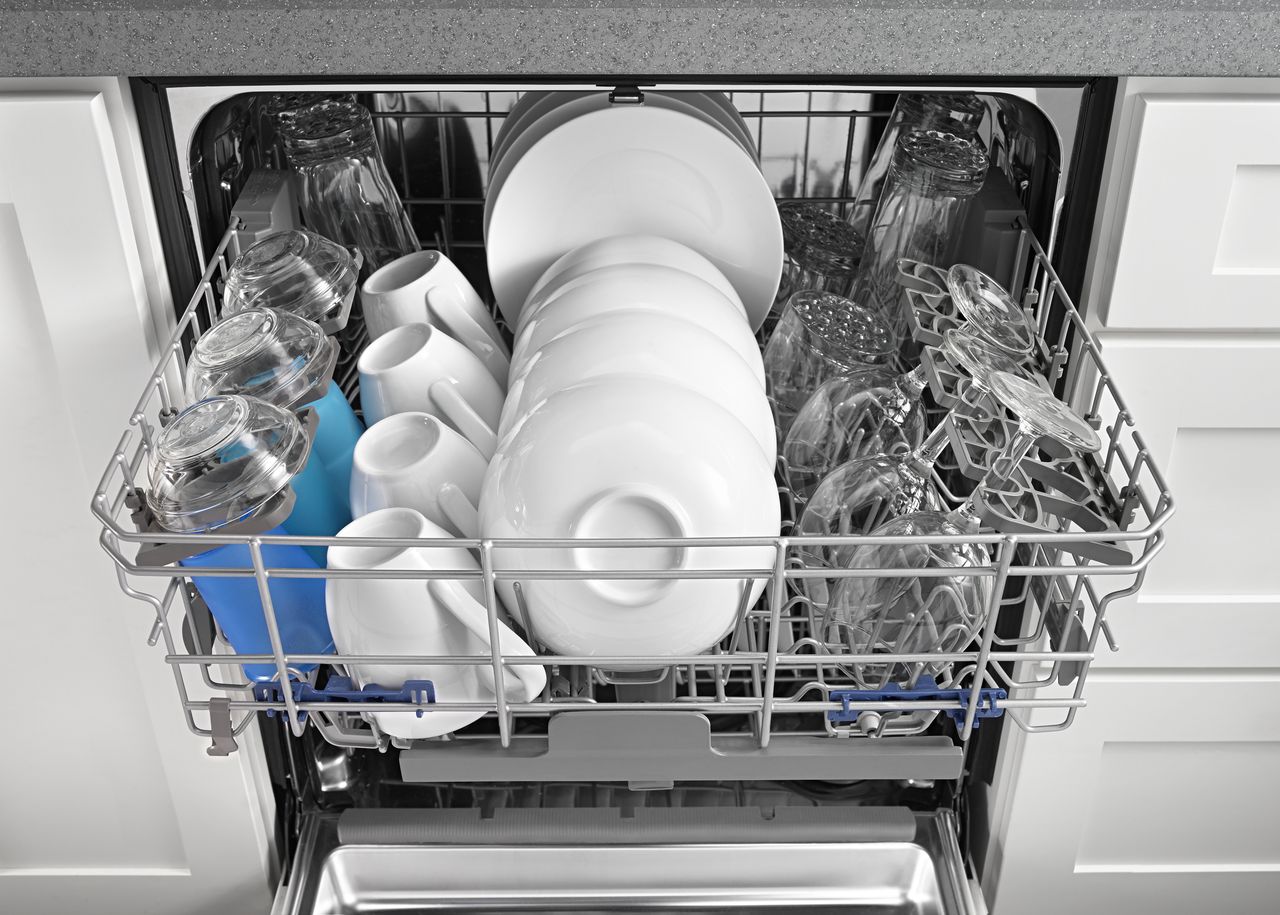
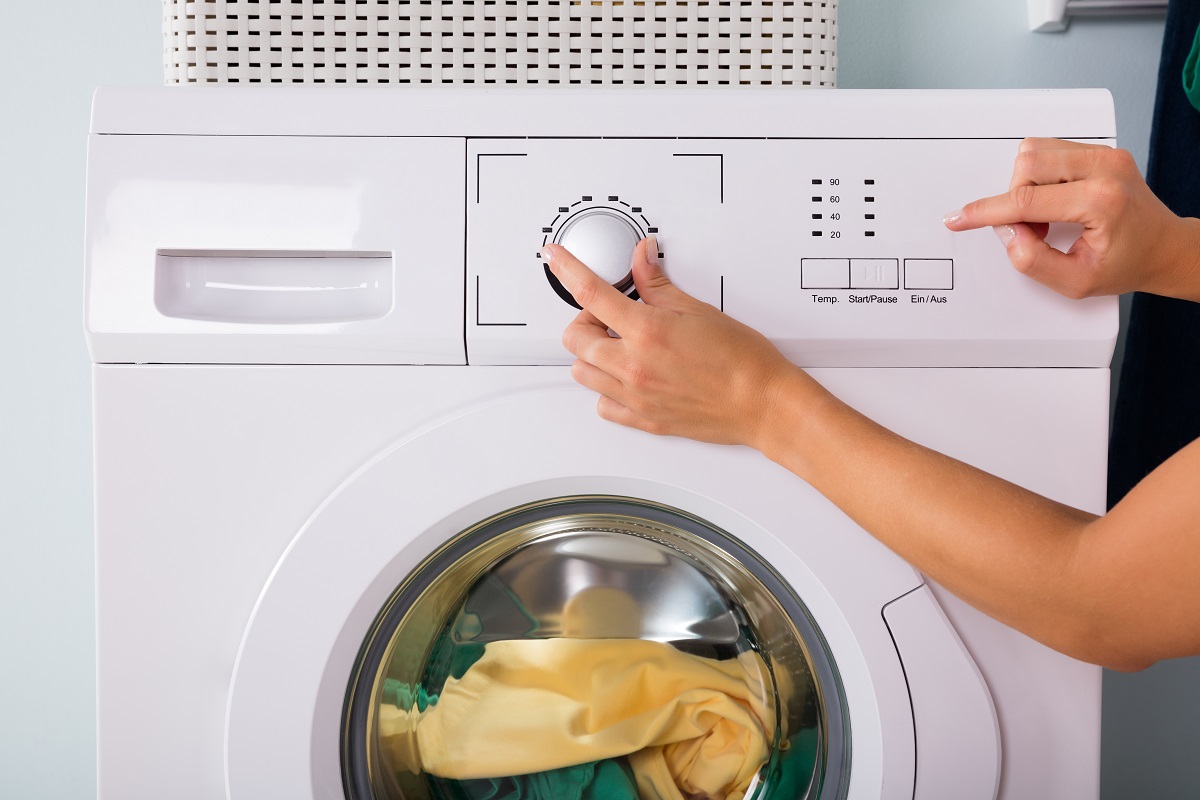
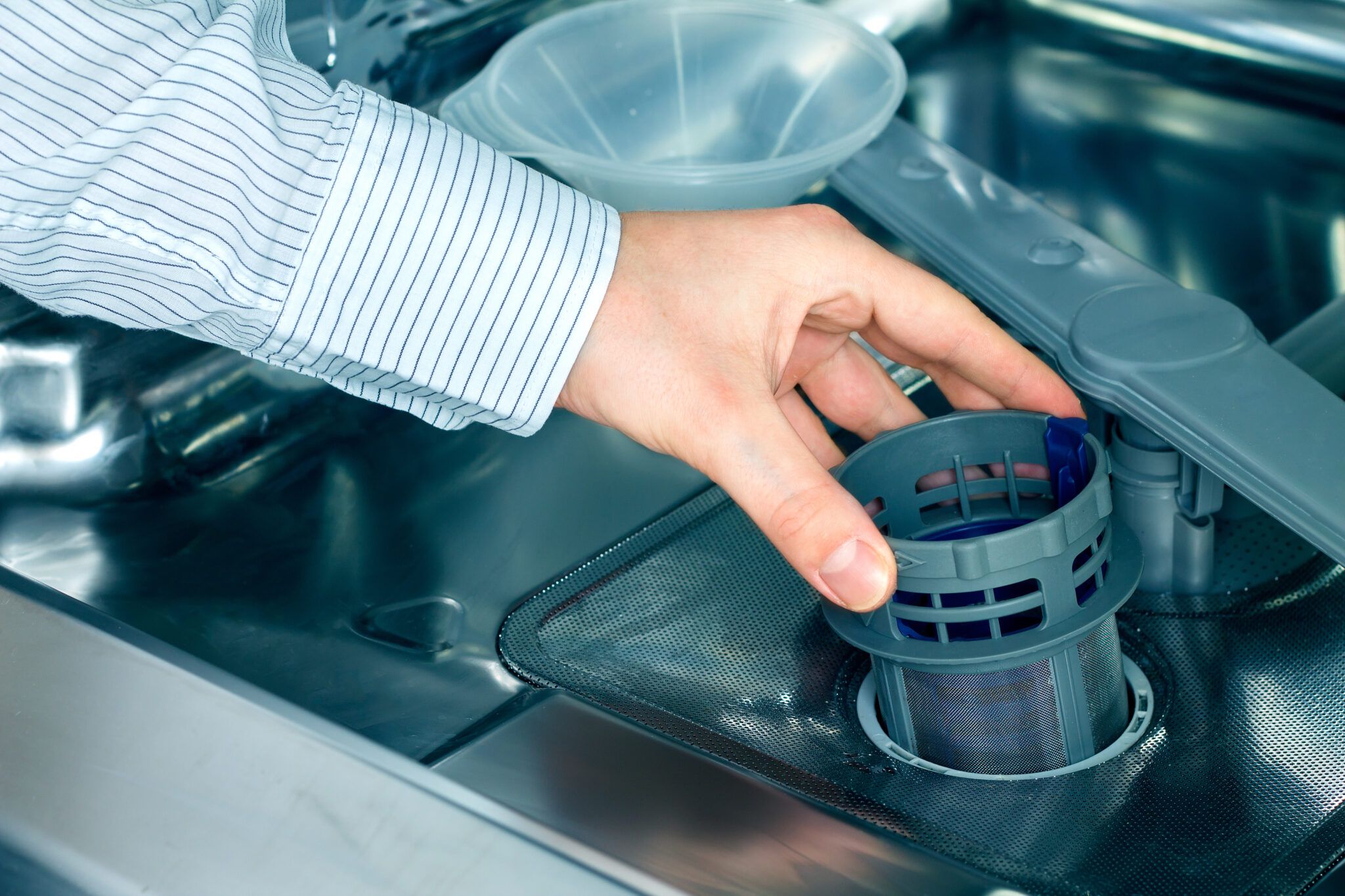
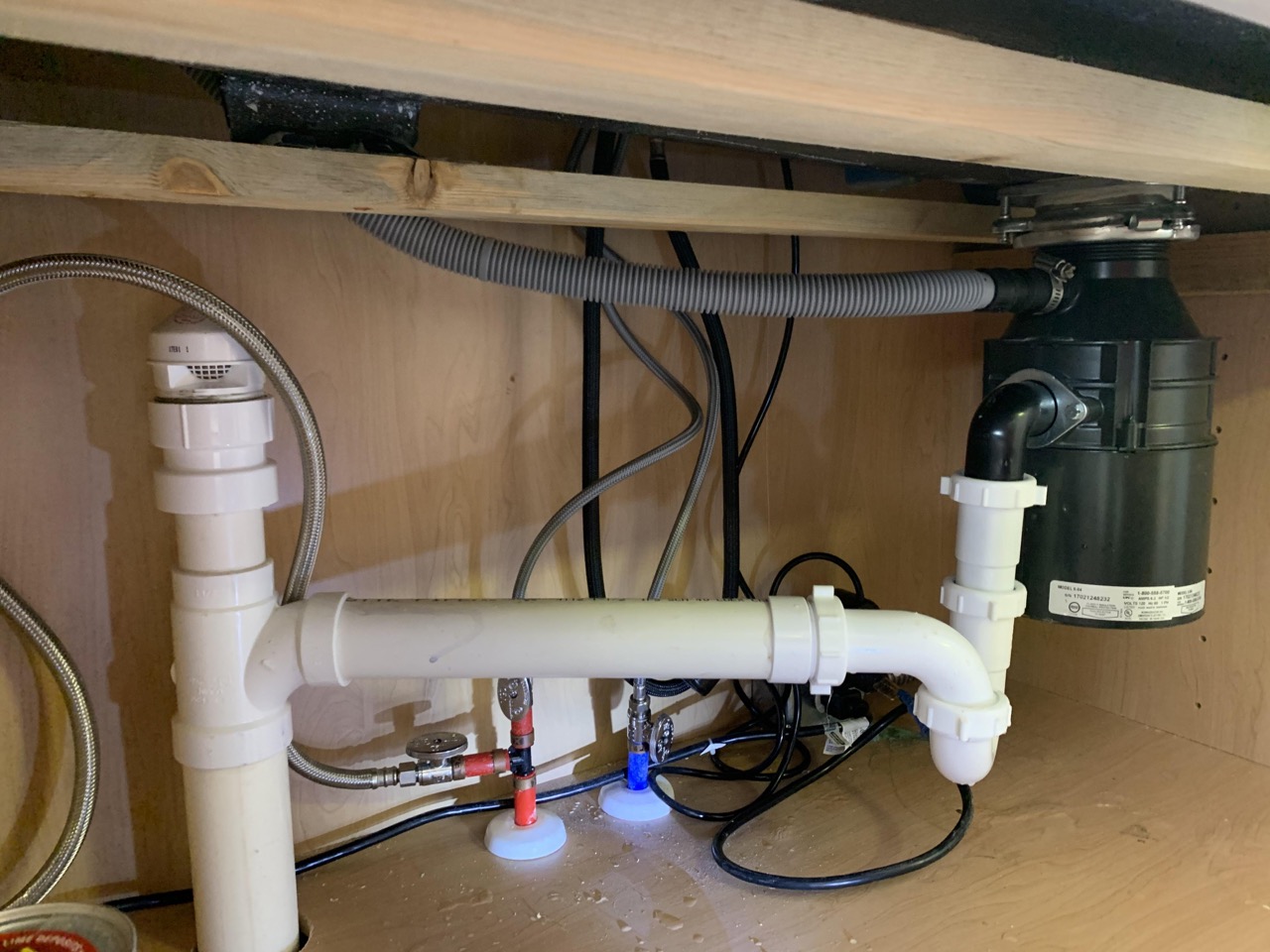
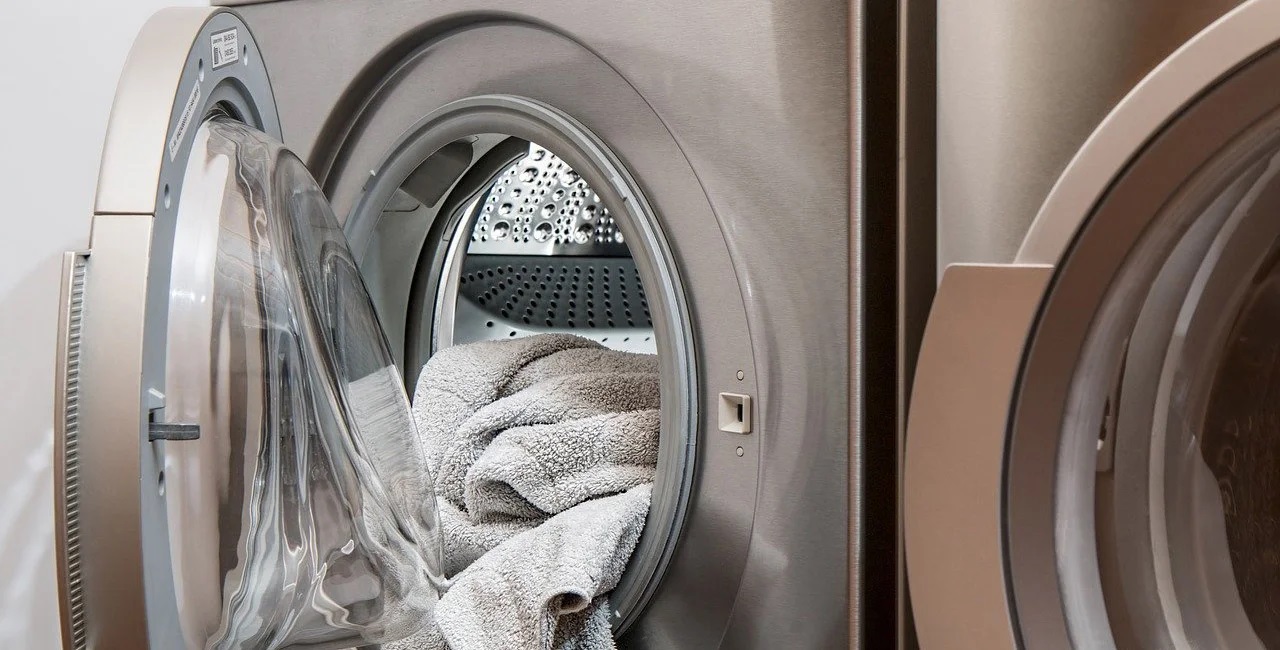
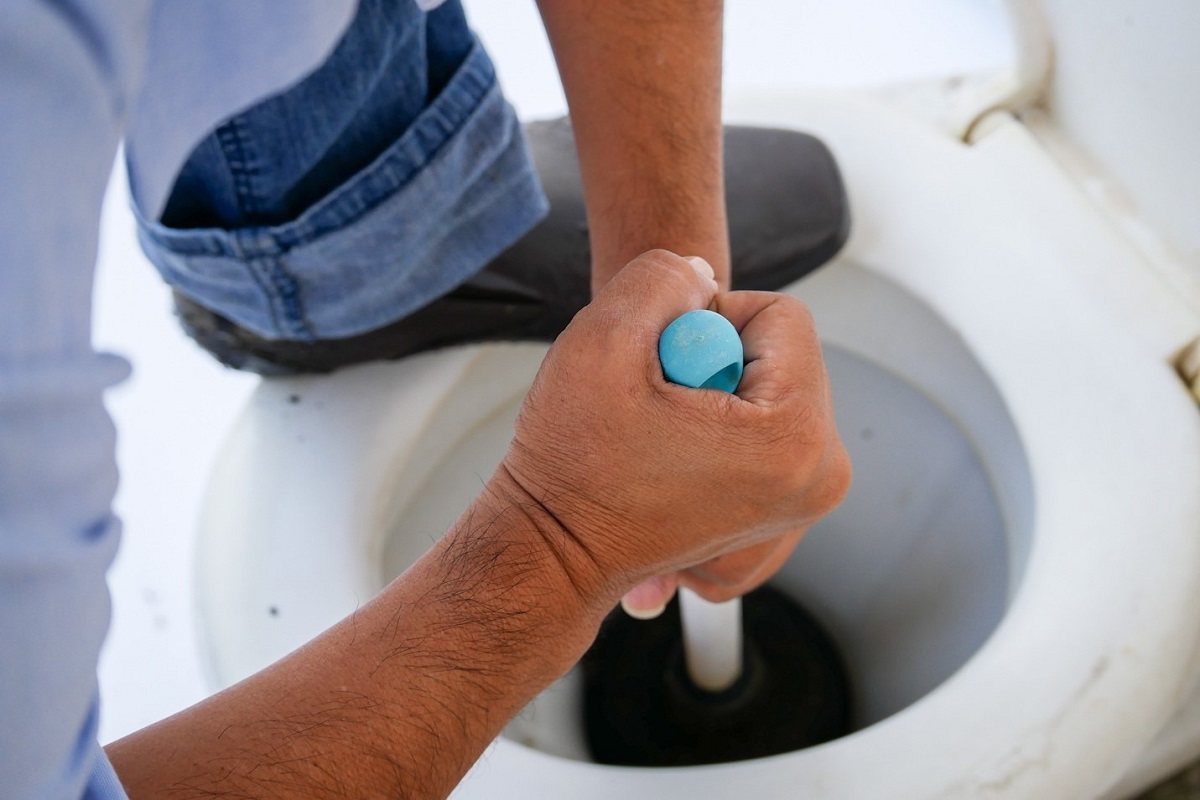
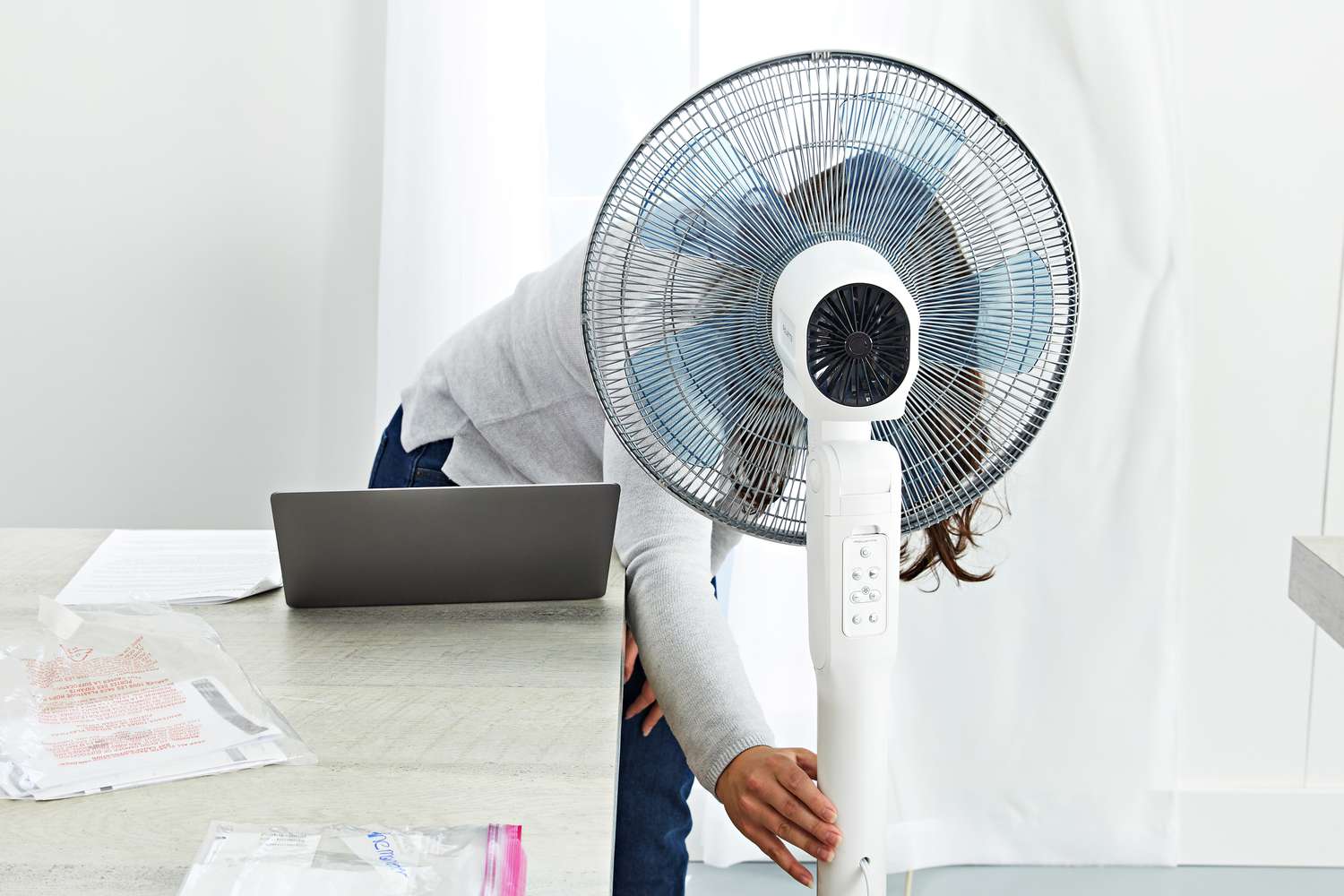
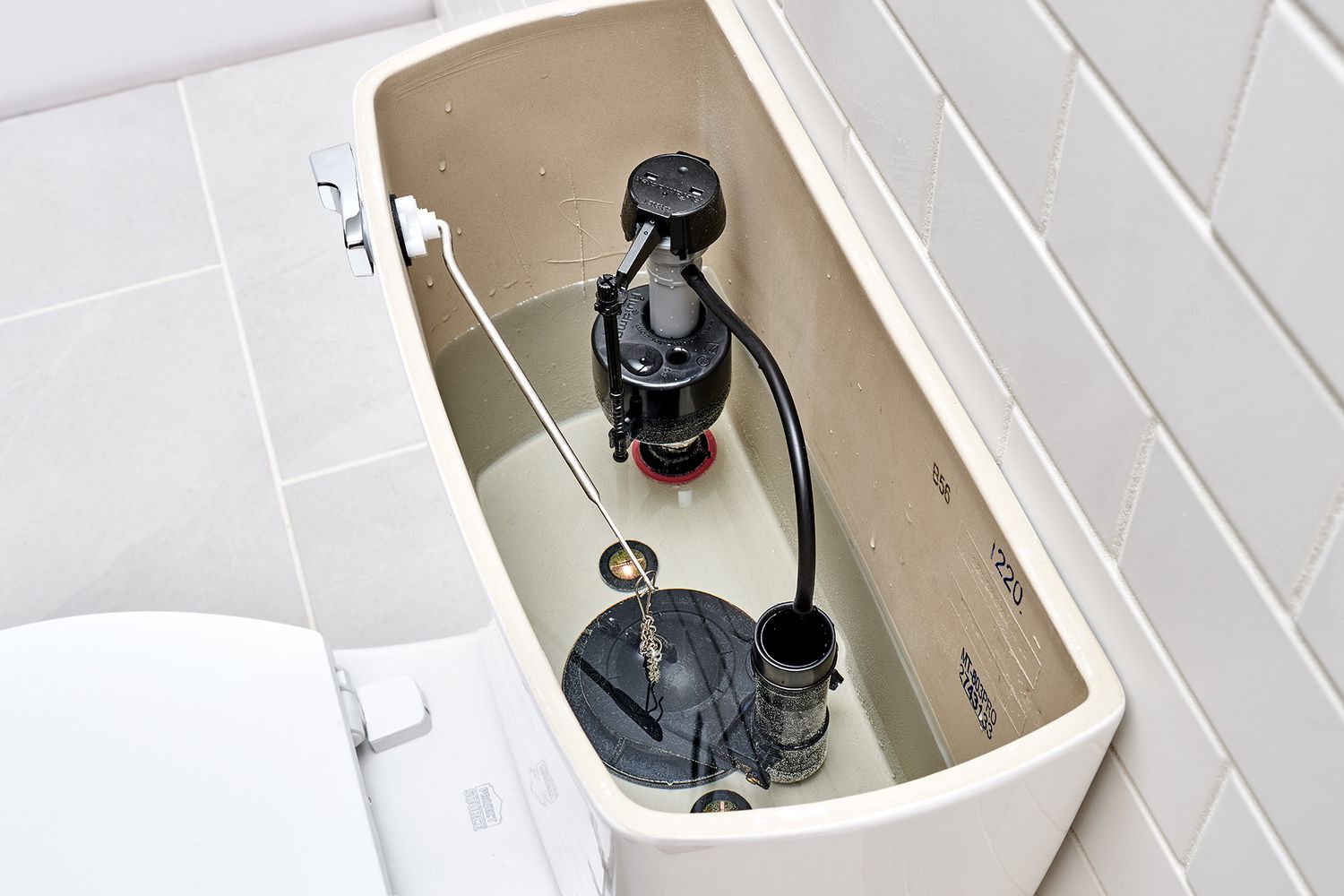
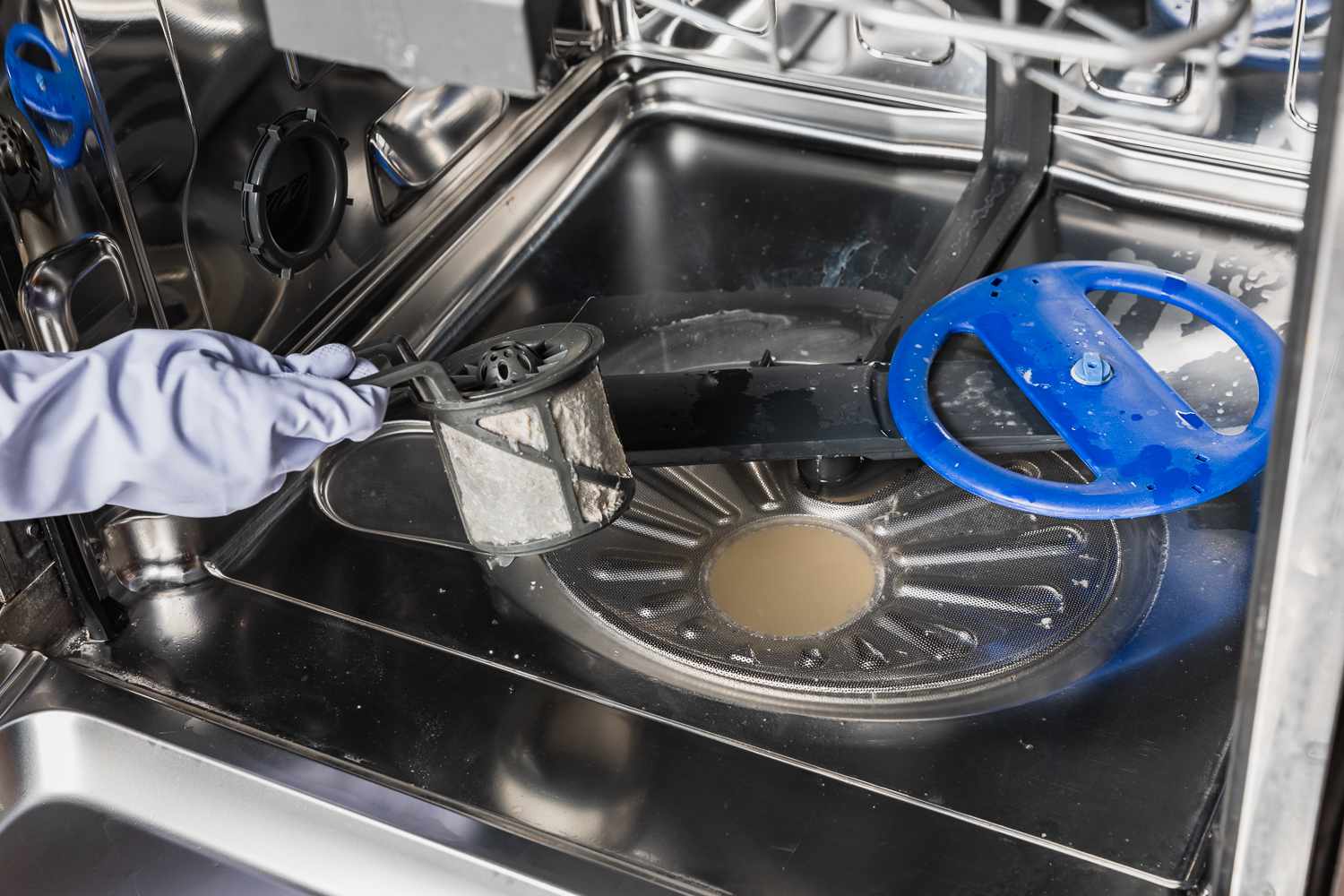
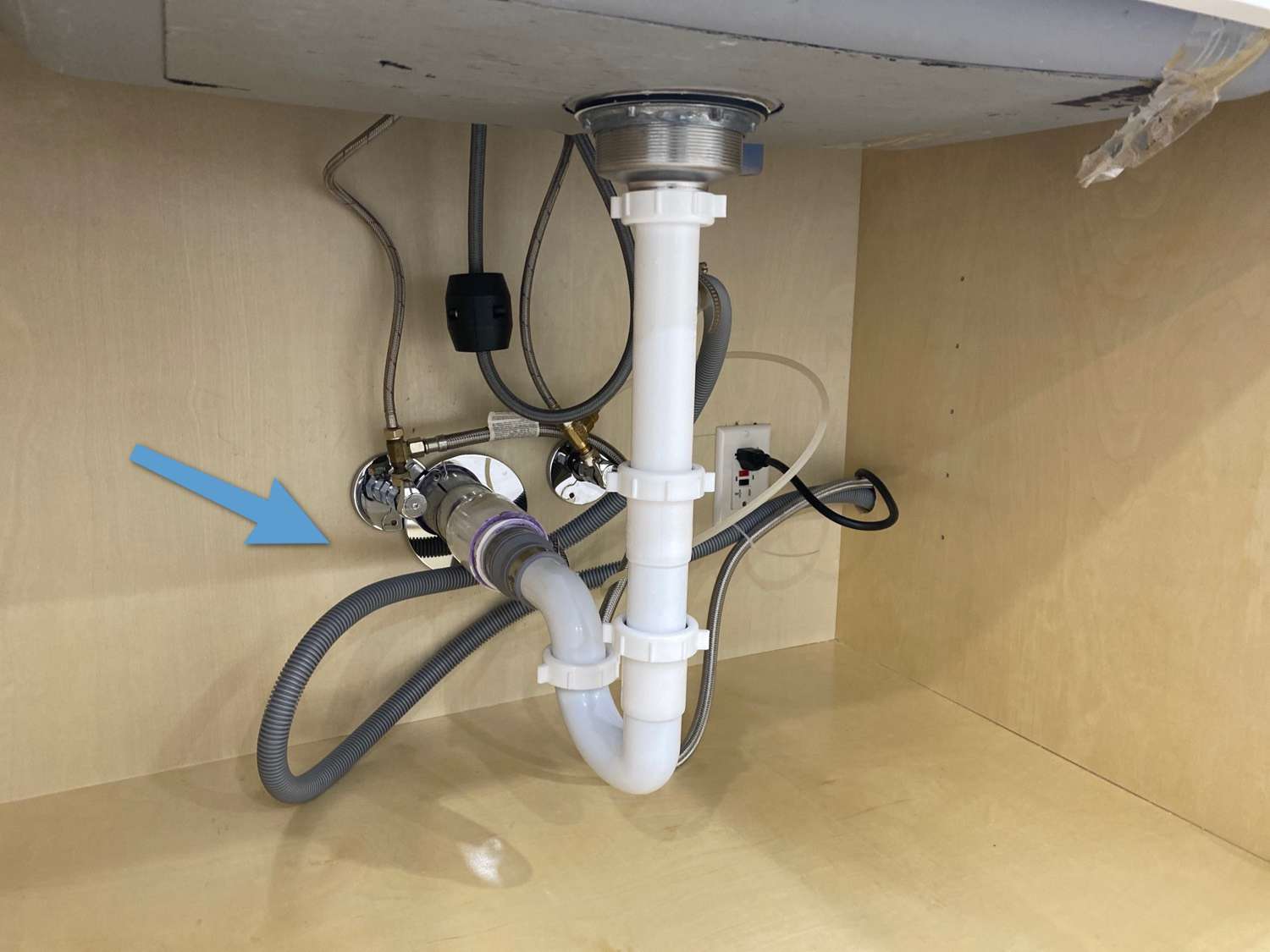
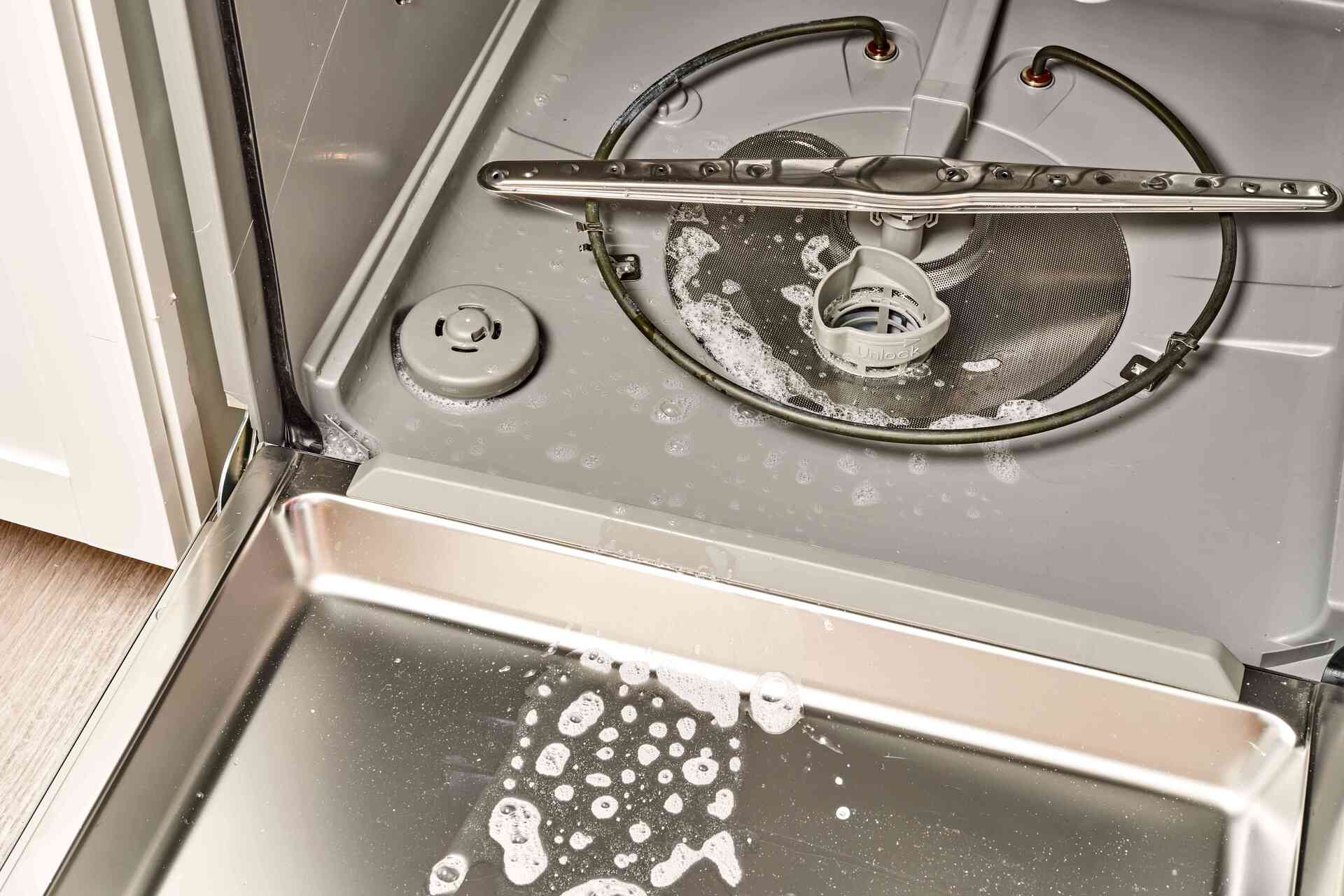
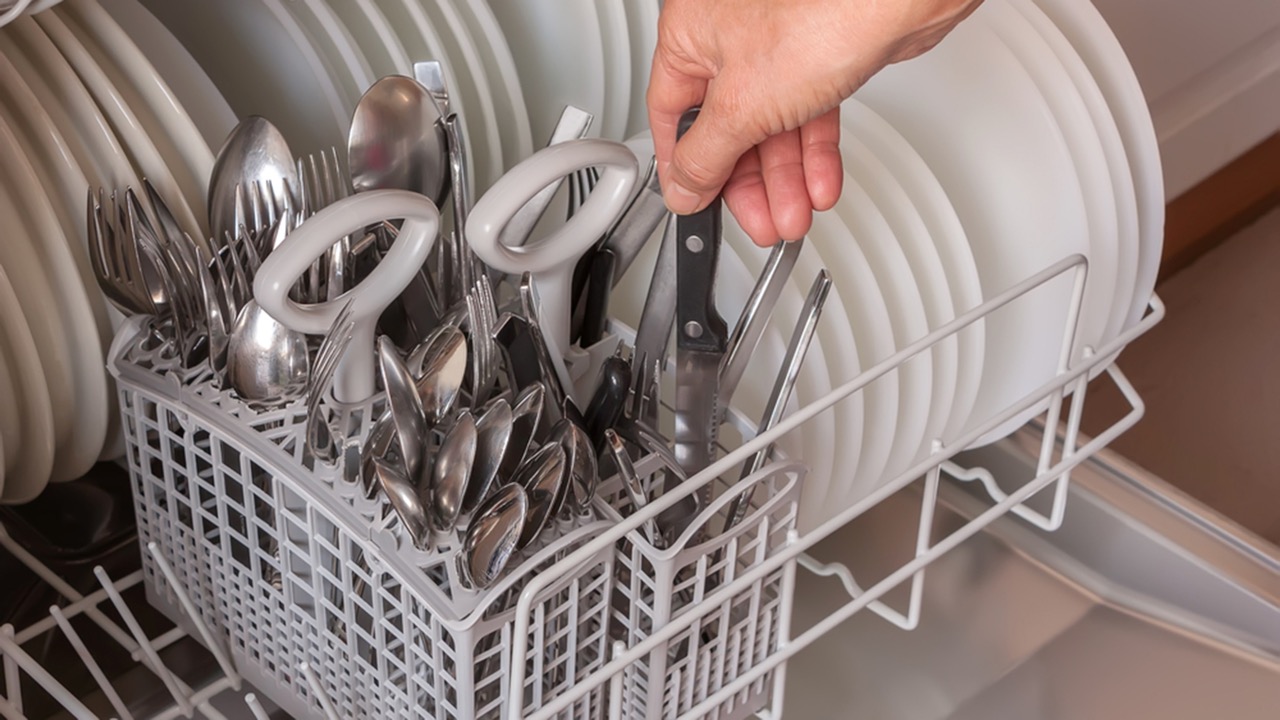
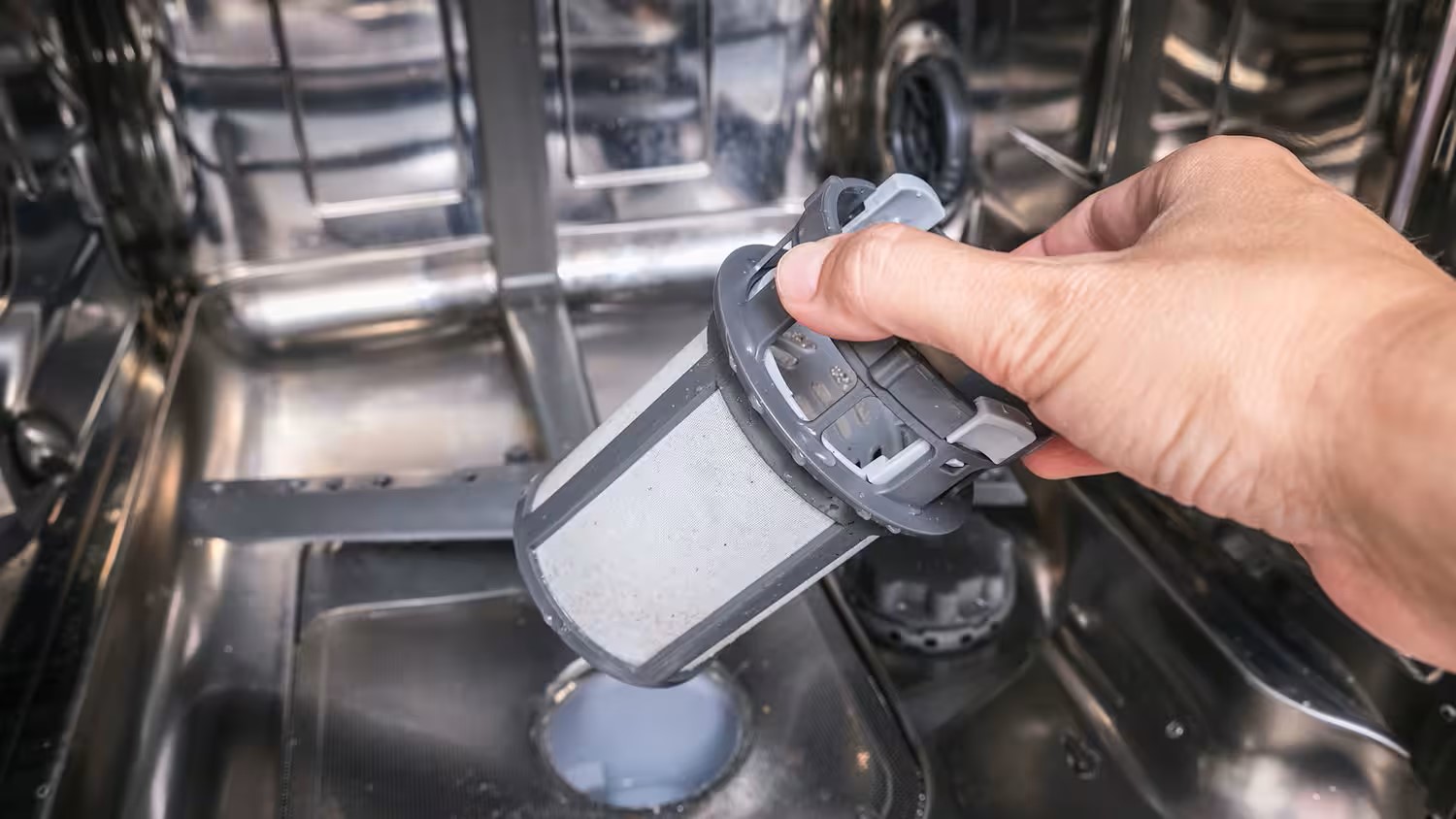

0 thoughts on “Why Dishwasher Wont Drain”